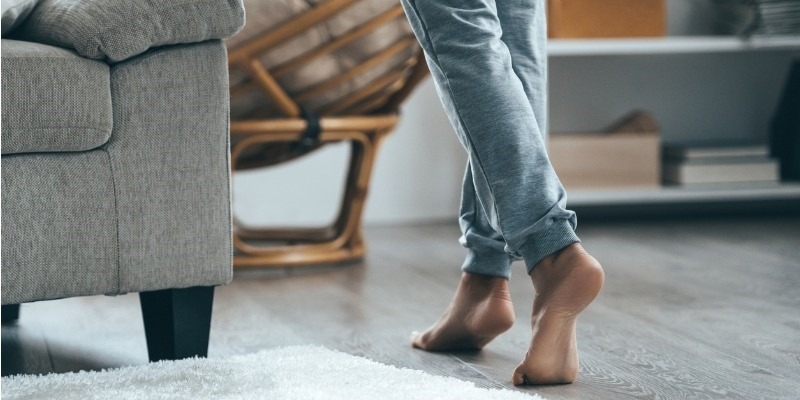All You Need To Know About Hydronic Heating Systems

Hydronic heating is a home heating system that uses water instead of air to spread the heat throughout the home. In technical lingo we say, “the heat transfer medium is water”. This type of heating has many benefits, but it is not always simple to integrate into your home. In this guide, we’ll tell you everything you need to know about hydronic heating.
What is Radiant Heating?
The terms “Radiant Heating” and “Hydronic Heating” are sometimes used interchangeably, but this is a mistake. Not all forms of hydronic heating are radiant and not all forms of radiant heating are hydronic. Confused yet? Remember that hydronic heating just means that the heat-transfer medium is water. Radiant heating means that a surface is heated to the point that it radiates infrared heat through the air and that infrared radiation heats other objects. It means that we aren’t too concerned about the temperature of the air, but rather the temperature of objects – including people. Radiant heating is more comfortable than traditional forced-air heating because we typically heat the floor, which is the largest surface in the home, and humans are most comfortable when their feet are warm and their heads are cool.
“Wet” installations are most common in new homes and consist of pouring concrete over PEX pipes installed in the floor space. When the system is operating, the warm water circulates through the pipes and distributes it evenly throughout the floor and to everything in the room.
A “dry” installation is commonly used when a poured floor just isn’t practical. In this case, PEX pipes are placed in the joist space or underneath a suspended wood floor. Warm water circulates through the pipes and warms the floor above it.
What is Hydronic Heating?
Hydronics is the use of water as a heat-transfer medium. Hydronic heating systems have a boiler (or water-to-water or air-to-water heat pump) that heats water that is then pumped through pipes throughout the house or building. Often when people think of hydronic heat systems they think of old-time cast iron radiators or baseboard convectors. This in turn is often associated with rooms that overheat and are very dry air. Today, modern high-efficiency boilers and controls allow us to better control the water temperature and take into account the temperature outside (this is called an “outdoor reset”) making hydronic heating the most comfortable heating option available.
Hydronic heating systems start with a boiler (which can be electric, natural gas, propane or even wood pellet fueled) or a heat pump (a fancy device that extracts heat from the outside air, an “air-to-water” heat pump or from the ground, “a water-to-water” heat pump,) that heats the water and then a series of pumps and controls that sends the heated water around the house. The water can be used to heat radiators, convectors, air handlers, towel warmers, bathroom floors, and other surfaces, and then back to the boiler to be reheated.
The Benefits & Effectiveness of Hydronic Heating
There are many benefits to installing this kind of heating:
- Comfort: Hydronic heating is comfortable and consistent. Your toes will always be warm if you choose to install an in-floor system.
- Efficiency: Water-based heating uses heat more efficiently than air-based heating. You may save on your heating bills.
- Dual-purpose: Some systems can heat up your home’s water for heat as well as for use out of your taps.
- Can include cooling: Using a hydronic air-handler allows you to not only heat the air but also allows you to add air conditioning, humidification, and filtration to your system.

The Practicalities of Hydronic Heating Installation
Those who would like a hydronic heating system should go over the practicalities of installing it with their HVAC professional. For example, if you are going to install radiant floors you will need the right kind of flooring, as some are better conductors of heat than others. You will need to have a spot for the boiler, but this is simpler than it used to be because the new boilers are small enough that they can hang on a wall.
If you are doing a major renovation or new custom build, it is worth taking the time to see if a hydronic or radiant system is right for you. Many people who install radiant floor can’t believe that they went so long without them! Installing a hydronic heating system from scratch is a major renovation, but it can reap major benefits. Hydronic heating is an effective way of keeping your home warm in the colder